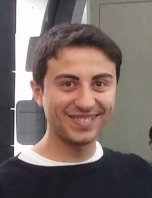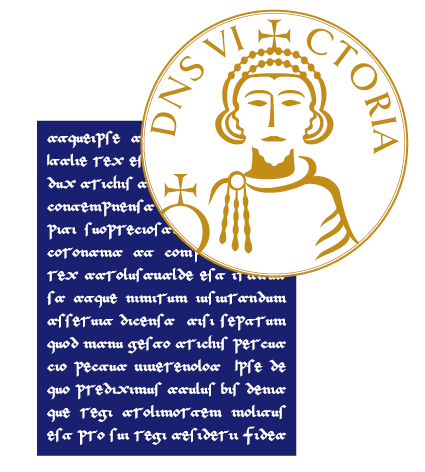Contatti

Since 2014 he has been actively collaborating with the Program Management Unit (PMU), within the European research consortium on nuclear fusion EURATOM/EUROfusion, at the Power Plant Physics and Technology department (PPPT, Max Planck Institute in Garching, Germany). He gave his contribution to the international project dedicated to the DEMO fusion reactor through electromagnetic simulations of plasma scenarios (for standard and alternative configurations) and by optimizing the geometry of the machine and the positioning of the current actuators (poloidal field coils) in order to improve the passive and active stability of the plasma. He also dealt with the assessment of the advantages of the alternative strike-point sweeping technique, aimed at reducing the thermal load impinging on the plasma facing components, simulating the dynamic evolution of the plasma and analyzing the behavior of the first-wall materials from the thermo-hydraulic and mechanical point of view.
In 2015 and 2018 he was part of the MST1 Task Force of the European Consortium for the Development of Fusion Energy (EUROfusion) which carries out experiments on the so-called Medium Size Tokamaks, actively participating in the experimental campaigns at the TCV machine (Lausanne, Switzerland) for the design and realization of a double-decker plasma alternative magnetic configuration.
Since 2017 he has been collaborating with the DTT Team on the design of the Italian DTT facility (Divertor Tokamak Test). In this project he participated in the electromagnetic modeling of plasma scenarios, in the design and optimization of poloidal field coils to allow alternative plasma configurations, in the design and thermo-hydraulic analysis of cooling circuits for in-vessel coils and for the ICRH (Ion Cyclotron Resonance Heating) antenna.
Since 2018 he is part of the international collaboration SHiP (Search for Hidden Particles) with CERN, actively working on the project for the design of a large magnet of the scattering and neutrino detector for the SHiP experiment.
Since 2019 he actively works on the experimental characterization of magnetostrictive materials and modeling of energy harvesters able to recover energy from mechanical vibrations. The latter devices can be exploited to power single nodes of wireless sensor networks for the health monitoring of structures, especially in the broader framework of the "cultural heritage".
